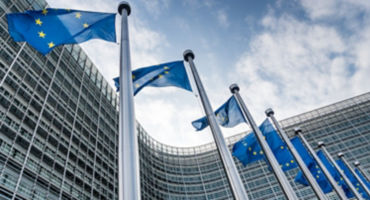Sharply slowing cycle — recession in sight?
We expect global growth to slow significantly over the next quarter, driven by tighter monetary policy and reduced consumption and investment. However, we believe this slowdown will be a pause in growth rather than the start of a protracted recession, for three key reasons:
- Tight labour markets should underpin consumption and push up wage growth. Combined with a peak in headline inflation, that should lift real-income growth later this year. Savings built up over the last two years are also likely to be (partially) spent to soften the impact of higher prices;
- Economic activity in China should improve as the economy reopens and fiscal stimulus is increased; and
- Monetary policy remains loose, with real rates still deeply negative.
Two key risks to monitor
1. Russia’s invasion of Ukraine
For the euro area the main risk to our view on growth is Russia stopping the flow of gas to Europe altogether, in what would amount to a significant economic shock to the region. We envisage three broad scenarios:
- A return to pre-conflict flows, which we think is an increasingly unlikely scenario. However, over time, we expect that the European Union should be able to find alternative suppliers.
- A complete shut-off, which remains a tail risk that would stop in its tracks the ECB’s trajectory towards higher rates. We are therefore closely monitoring geopolitical developments as they unfold.
- Continued, but depressed, flows, which is our central scenario as we think it offers Russian President Vladimir Putin maximum leverage over Europe, while largely maintaining the regime’s gas income streams.
2. Political uncertainty within the euro area
Another key risk is the renewed dispersion in euro government bond yields we have seen recently, with Italian bond yields in particular coming into focus following the collapse of the coalition government led by Prime Minister Mario Draghi. While, in our view, the centre right/right government that is likely to emerge following snap elections no longer poses a systemic risk to the EU and the euro area, it could nevertheless slow reforms, relax fiscal discipline and hamper further integration. This could mean less support for Italy from the European recovery fund, and it ultimately reduces the ECB’s room for manoeuvre as peripheral spread widening could be exacerbated.


























